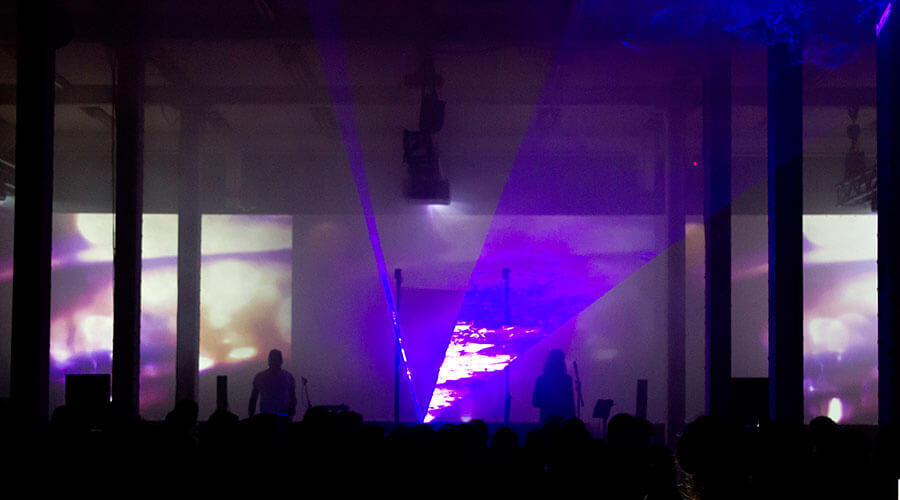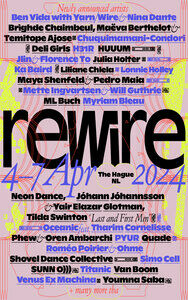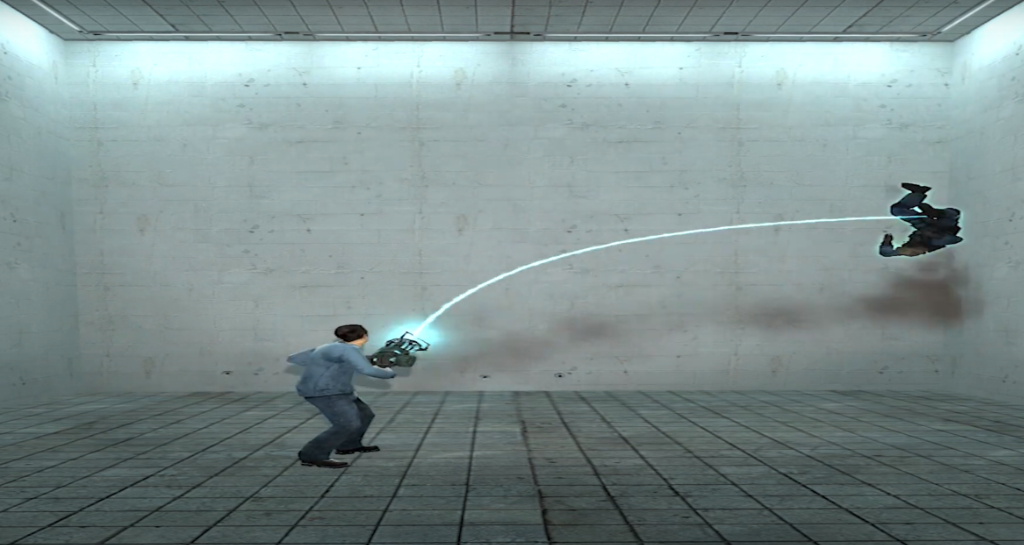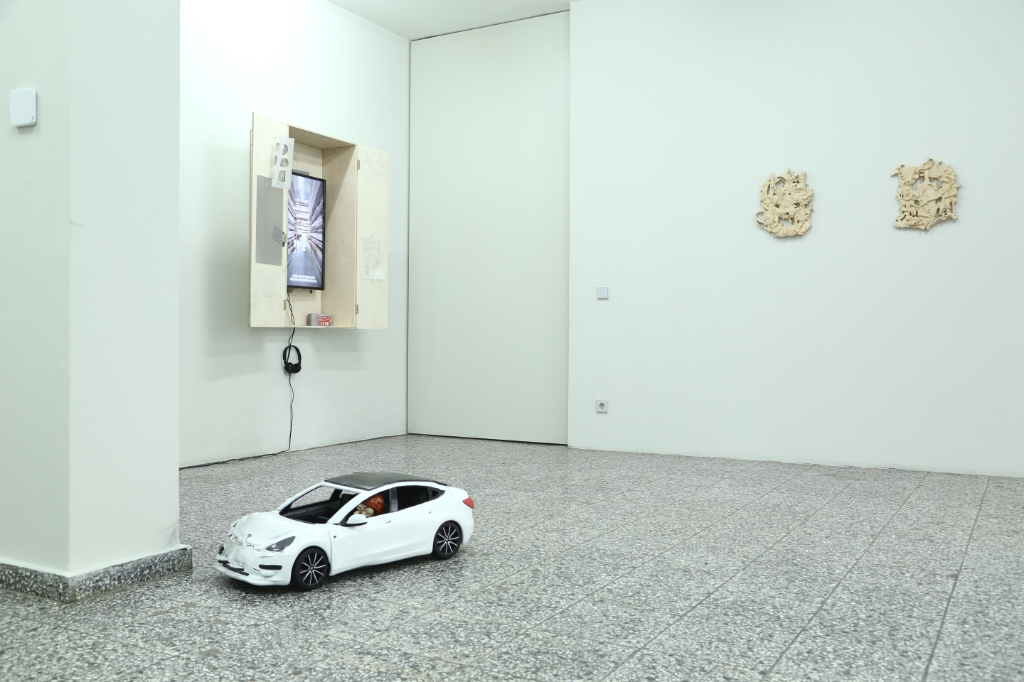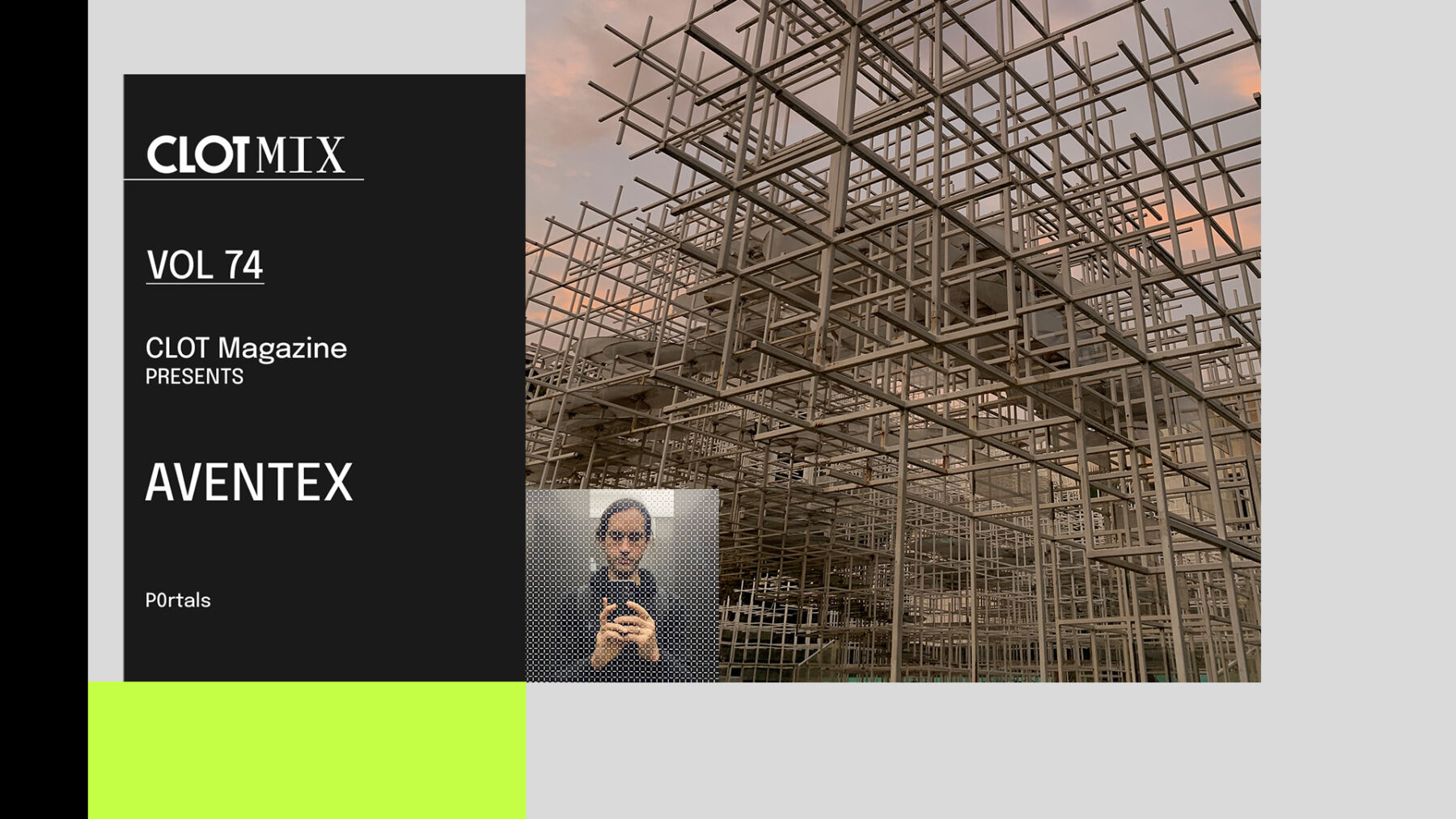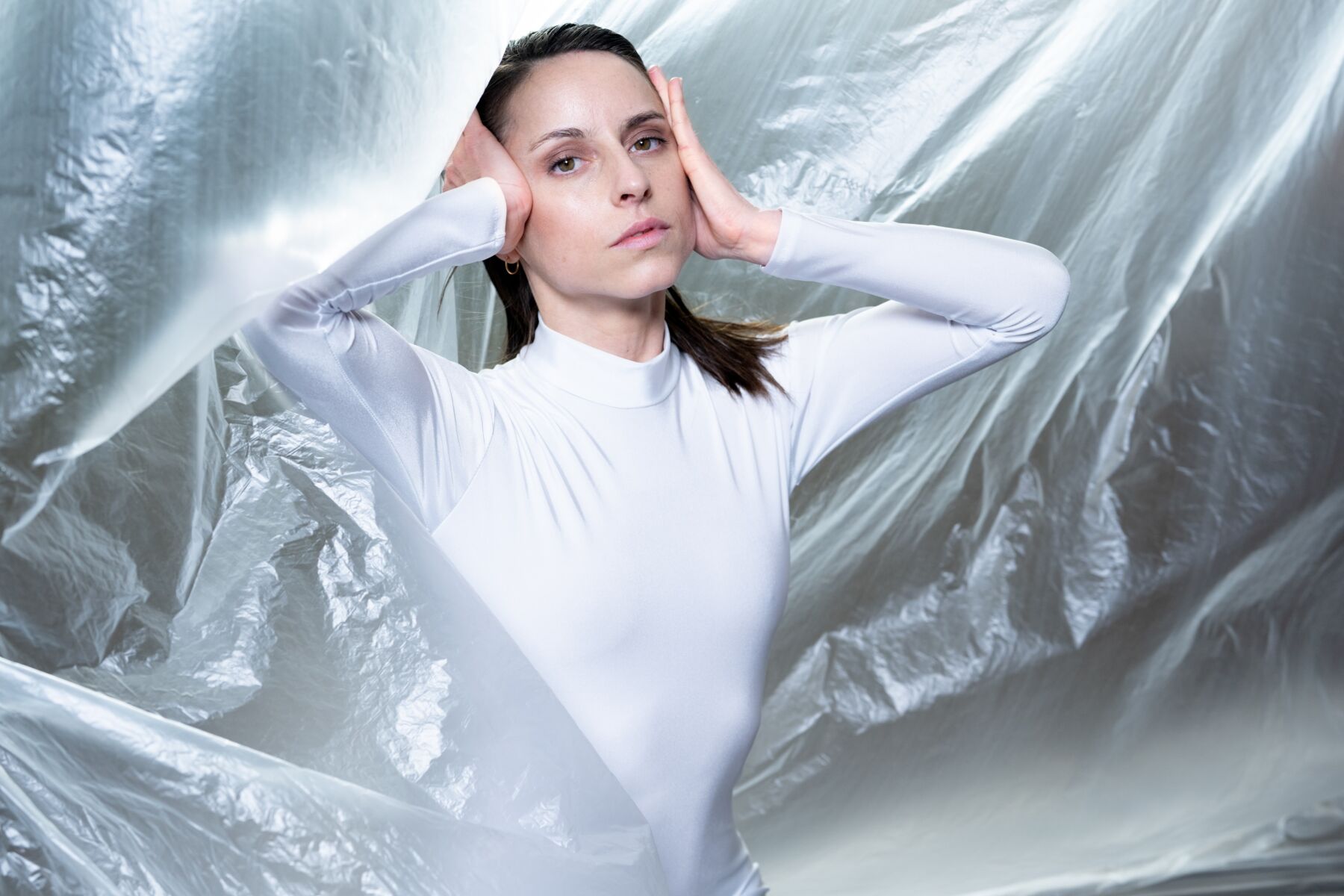Interview by CLOT Magazine
MIRA is a digital arts festival held annually in Barcelona (since 2011) and Berlin (since 2016) focused on new trends in digital culture and technology and becoming a reference that is becoming a reference in the digital arts scene. MIRA is co-directed by Oriol Pastor and Aida Rodriguez, both originally from a pretty coastal city near Barcelona with a tradition for punk and indie music.
With a background in International commerce, Aida joined MIRA in 2012, and since then, she’s been a fundamental part of growing the festival into what it is nowadays. In 2013 MIRA won the prize for the most innovative festival in Catalonia. Since then, Aida has managed the communication strategy and the festival creative campaigns becoming co-director in 2018.
When looking at their aims, MIRA wants to bring the audience closer to several realms of technological creation through a digital art event with two main objectives: to function as a platform for new creators as well as a showcase for world-renowned artists and to create unique immersive experiences through technological innovation and the interlacing of live music and visuals.
With a close look at promoting artistic collaborations and supporting the relationships between collectives, associations and artists from the fields of digital arts and technology. With their work, the MIRA team has been infusing a new, fresher (and well-needed) focus on the digital arts in Barcelona. Just a week before the festival kicks off (MIRA is taking place 8-10 November in Barcelona), we catch up with Aida to get more insights into the work they are doing and what they have curated for the 2018 edition.
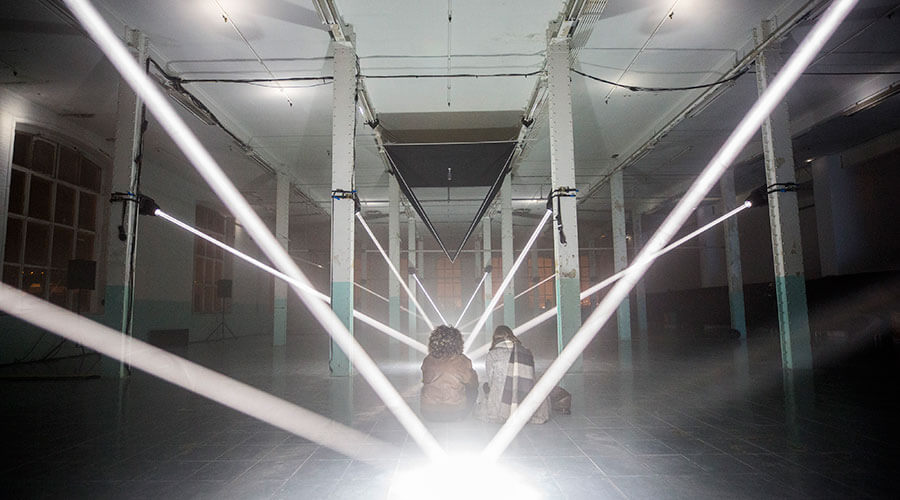
For those that are not familiar with your work, could you tell us a little bit about your background and how the MIRA festival was incepted?
The Festival was born in 2011 through the initiative of a group of friends, with the intention to promote visual and digital arts in performative and installation formats, as well as to investigate new visual and musical narratives. The idea started by pairing visual artists with musicians to create shows that could only be seen once, strengthening the physical space as a point of union.
What are the biggest challenges you faced in the development of MIRA?
The digital curatorial part is one of our main challenges. Our goal is to curate special shows and digital art projects without the need of transforming into a big festival. We opted for a comfortable festival style for the public, without large crowds and in a very special space such as Fabra i Coats.
What does MIRA want to bring to the audience that interacts with the festival?
We always seek to surprise with new art formats, artists and pioneering works that are rarely seen in our country; we want to create a festival where different art experiences converge, not just concerts. We believe it’s really important to showcase the vastest expressions of digital art, and every year we try to empower this mix. Our goal is to surprise the public and let them experience other ways of expression that are usually not present in music festivals.
What makes MIRA different from other festivals that are bringing as well together music, technology and digital culture?
We have been investing in new ideas and concepts for years; We are pioneers in the Fulldome 360º audiovisual format, we implemented a second stage with three-dimensional sound last year, and this year we inaugurated a contemporary art exhibition that lasts until December 16, where we have great national and international artists. In general, we are trying to expand the variety of art experiences, and we want to approach the public to experience diverse formats related to digital art.
Could you guide us a bit through the line-up for this year’s edition? What was your main idea/concept behind the selection/curation, and what are the shows you are most excited about seeing or being able to bring to MIRA/Barcelona?
This year’s line-up is one of the most diverse we’ve ever had. We usually don’t work with a closed concept, but this year we implemented a conceptual part for the festival. We decided to do a connection between our graphic campaign (which is based on ASMR) and the curatorial selection of the festival. We implemented an art gallery based on hedonism and the relation between art and pleasure.
The gallery “The Search for (modern) Pleasure” will host national and international artists like Brooke Candy, Filip Custic, Esmay Wagemans and Virgen María. We are also really excited about the large format installations by Nick Verstand and Guillaume Marmin, made exclusively for MIRA Festival 2018. The programme in the MIRA Dome will host a piece based on the award-winning game “Everything” by David O Reilly.
Regarding music we highlight, PAN label showcase with Eartheater, M.E.S.H, and Amnesia Scanner, the mythical post-rock band Seefeel playing one of their most important albums, “Quique”, and ¡Miércoles! the world avant-premier show by Nicolás Jaar and dancer Stephanie Janaina.
Looking at this year’s festival line-up, where do you think music and audiovisual shows are heading in the near future and beyond?
I think artists are starting to explore the idea of using technology as a tool to empower profound conceptual practices mixed with diverse art practices.
What would be your biggest curating extravaganza?
Create an immersive gallery based on new narrative content, exploring and merging diverse formats and technologies, like gaming, interactivity, performance, etc.
You couldn’t live without…
Music and art.


